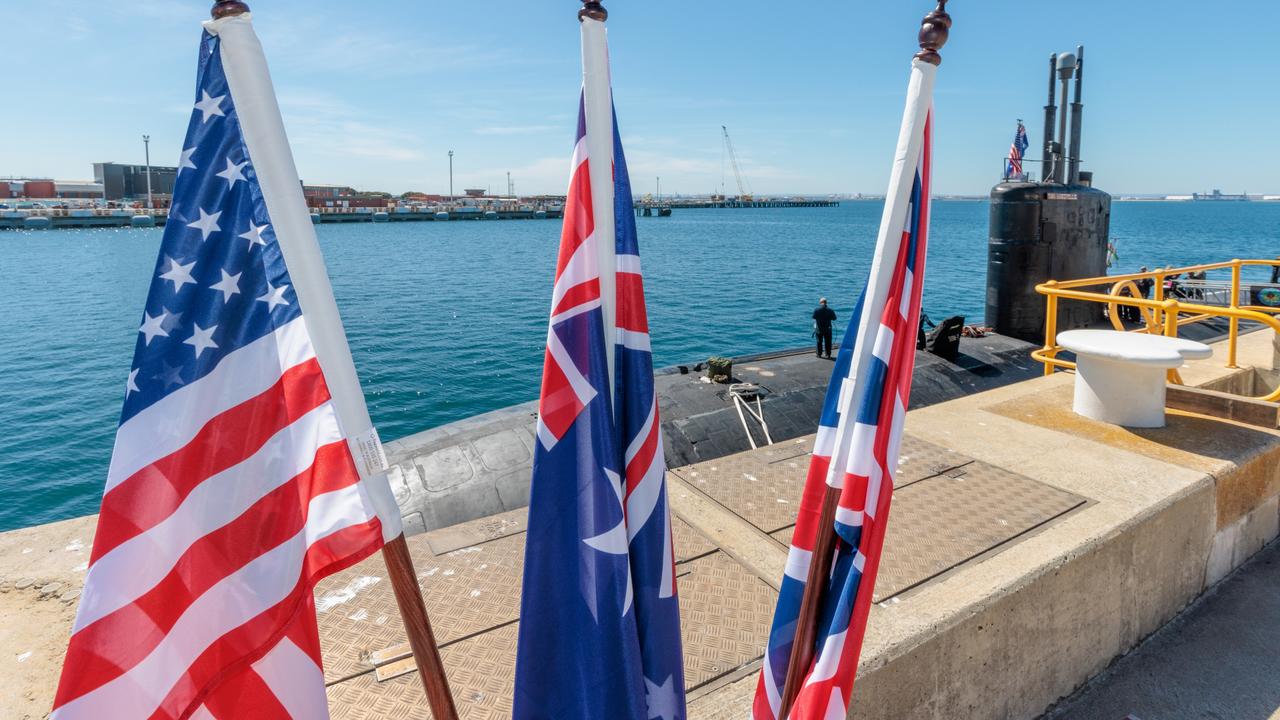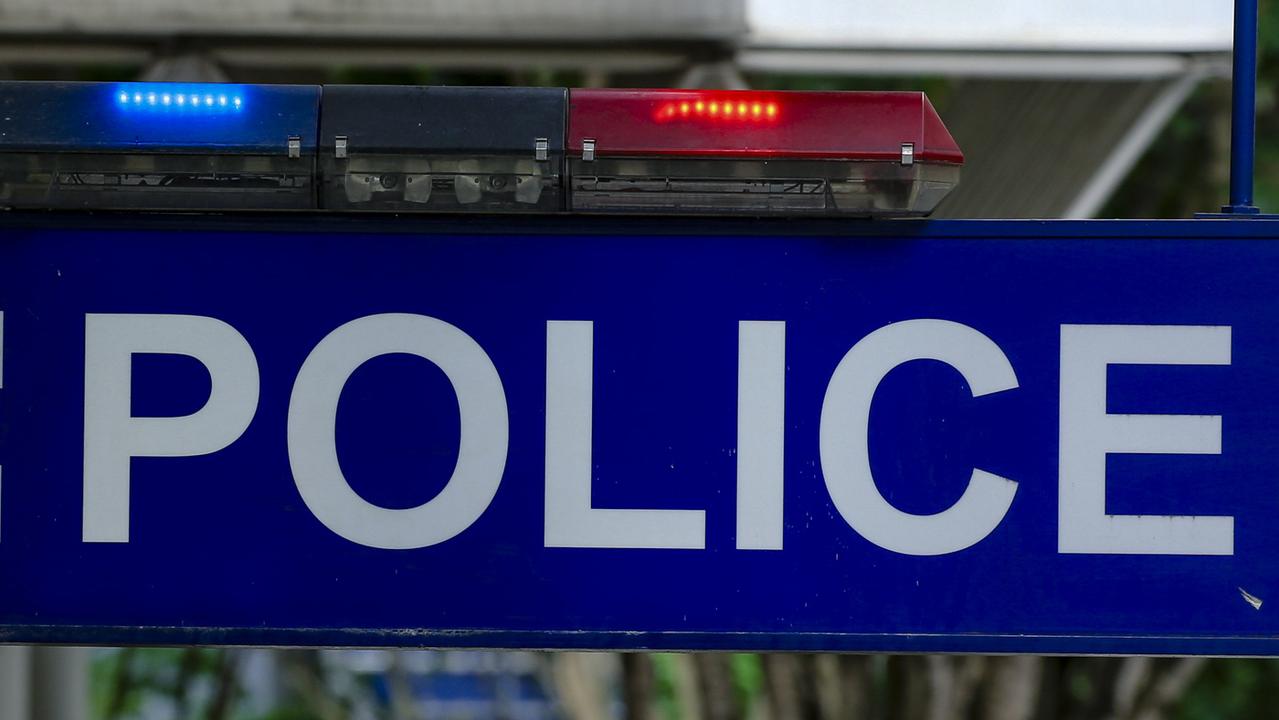Father of Australian soldier Private Robert Poate killed in Afghanistan reveals how they were intimidated by ADF
The father of an Australian soldier killed in Afghanistan has told of how “families were intimidated and threatened” by defence if they disclosed details of his son’s death.
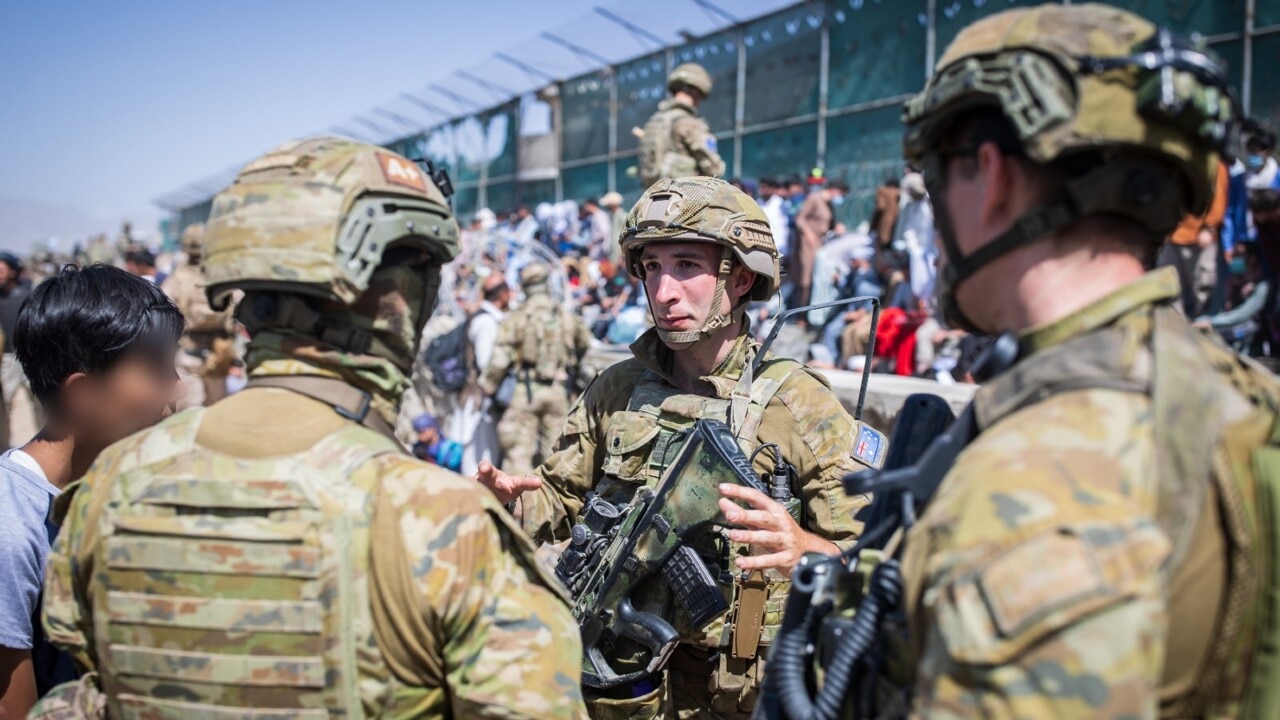
National
Don't miss out on the headlines from National. Followed categories will be added to My News.
The father of an Australian soldier killed in 2012 during the Afghanistan conflict has claimed families were threatened and intimidated by an Army brigadier to keep the circumstances of the attack a secret.
Hugh Poate’s son Private Robert Poate and two other ADF soldiers Lance Corporal Stjepan ‘Rick’ Milosevic and Sapper James Martin were killed and two others wounded when rogue Afghan soldier Hekmatullah turned his gun on them in the troops’ base in Uruzgan.
Mr Poate has told a parliamentary inquiry into Australia’s 20-year Afghan engagement, Defence had abandoned all the families and sought to, at best, obfuscate and, at worst, hide critical facts about the 2012 incident.
He said the lack of transparency continued today and questioned whether Defence still lived up to its famous decree that it had “a contract with the nation”.
But his most damning evidence related to alleged bullying by a high ranking ADF officer as they sought to limit the political fallout from the murders by Hekmatullah, who earlier this year was released from jail and is being hailed a hero by the Taliban now back in control of the country.
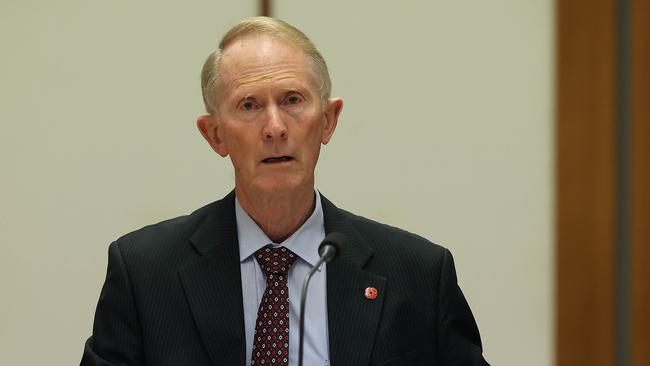
According to Mr Poate’s evidence today to the defence and foreign affairs committee, at the end of his son’s inquest – the only coronial inquest into combat deaths in the 200-year history of the Australian Army – he was approached by Defence with an extraordinary demand.
“During the inquest, on the final day of the inquest, families were intimidated and threatened by the head of the chief of the defence force’s personal staff that if we disclosed any of this contrived secrecy – that had been shown to be contrived – to the media we would face action by the Attorney’s General,” he told the committee in Canberra yesterday.
“That’s the way the families of fallen soldiers were treated by defence at that time.”
The contrived secrecy he referred to was an internal military inquiry into the incident that Defence had so heavily redacted it barely made sense; the same report was included in the coronial inquest and was largely not redacted.
The brigadier who made the alleged threat was referred to the ADF Inspector General’s office which concluded matters could have been dealt with better.
“It’s unreasonable and unfair that all the facts are still being covered up in this internal inquiry report,” he said.
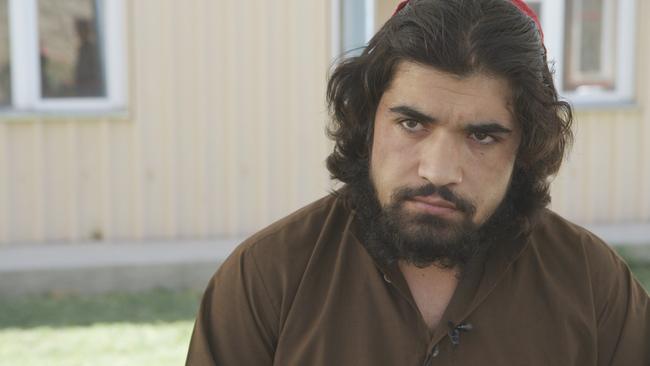
Mr Poate, a former agricultural economist who with his wife Janny now work with dozens of veterans battling mental scars, also said there was a “feudal system gap” between officers and ranks, particularly with job preparations for after military service.
Defence has defended how it managed the evacuation of Kabul prior to Taliban control, including how it managed to airlift 4100 people.
It revealed in the immediate period before and during the evacuation, Defence received over 15,000 emails in 10 days seeking “locally engaged employee” queries from Afghan wishing to flee the country.
It declined to comment on the threat posed in Kabul by al-Qaeda and Islamic State Khorsan Province (ISKP) due to it classified national intelligence.
It also formally stated it had no details of Hekmatullah after his jail release by the Qatari government, as negotiated by the Taliban and US force.
DEFENCE HAILS AFGHAN WAR ‘SUCCESS’ IN 2.5 PAGES
It claimed the lives of 41 troops, trashed the reputation of our Special Forces and cost taxpayers up to $10 billion in a 20-year commitment, but Defence has summarised Australia’s war in Afghanistan in just two-and-a-half pages.
The parliamentary inquiry into Australia’s engagement in Afghanistan resumes public hearings today with testimony expected from Hugh Poate, father of Private Robert Poate, murdered in 2012 by rogue Afghan soldier Hekmatullah.
The inquiry is reviewing Australia’s military, diplomatic and development commitment to the 20-year conflict, notably what was achieved, the Afghan National Army collapse, the fall of Kabul to the Taliban and threat of counter terrorism now.
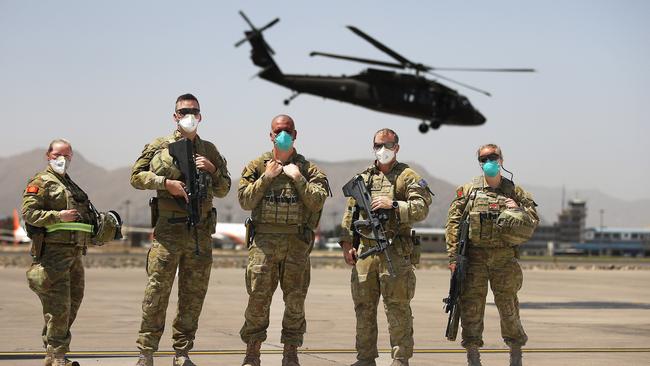
But the Department of Defence’s submission is just four pages, two-and-a-half with content excluding the title’s cover page, and less if you discount the summary of the 9/11 2001 terror attack that sent the US and NATO and allies into war.
Even the SBS news channel’s submission on how it served its ethnic TV and online audiences appears longer.
Pointedly Defence concluded the “success” of the mission had to be seen through the prism of the Brereton Inquiry into alleged war crimes by Australia’s elite SAS.
“Assessing the success and costs of Australia’s engagement in Afghanistan necessarily includes consideration of the findings of the Inspector General of the ADF’s Afghanistan inquiry report,” it states.
“This important work takes place within the larger context of the activities and achievements of the ADF and partner agencies in Afghanistan over the last twenty years.”
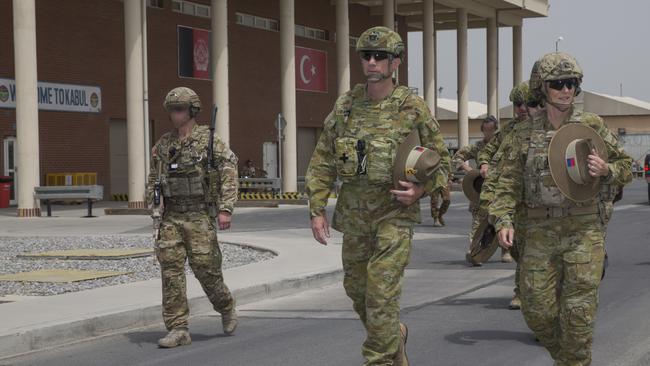
Defence’s submission made no direct mention of the 500 ADF lives lost through veteran suicide, although it welcomed the Royal Commission into Defence and Veteran Suicide and the “opportunity to learn and strengthen our approach to the mental health and welfare of our people”.
It also made only a brief reference to the chaos of Kabul and what would become the largest humanitarian airlift in Australian history.
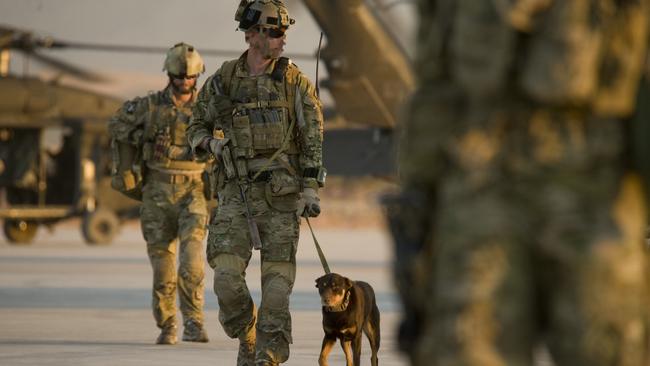
At a previous public hearing, Defence had discussed much about Hekmatullah and his release from jail by the Qatari government at the behest of the Taliban, which had hailed him a hero for murdering three Australians.
The overall withdrawal from the country, Defence concluded, was “consistent with Government direction to prioritise ADF resources towards the Indo-Pacific region.”
An interim report is due at the end of this month with a final document in February 2022.
More Coverage
Originally published as Father of Australian soldier Private Robert Poate killed in Afghanistan reveals how they were intimidated by ADF
Read related topics:Afghanistan



